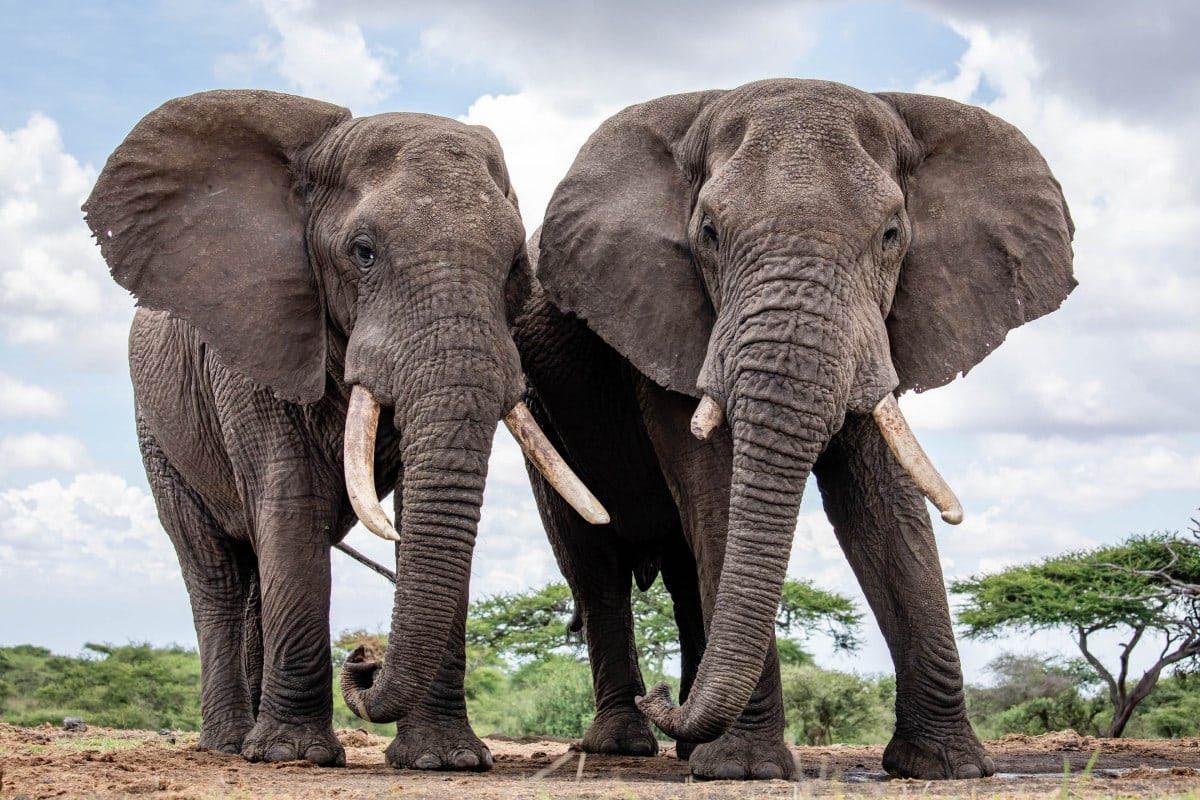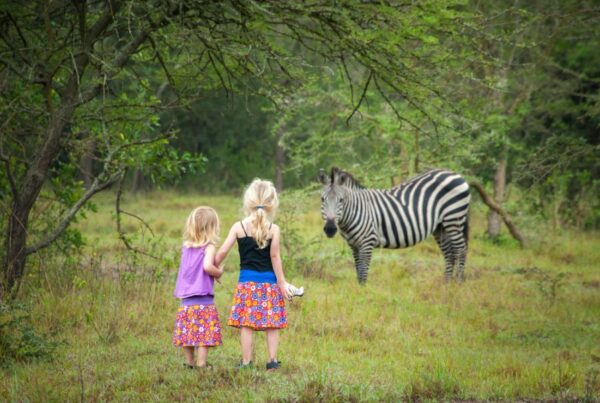Introduction to the Facts About the African Elephant
Towering over the African savannas and forests, the African elephant is more than just a giant—it’s a keystone species, an icon of wilderness, and a marvel of evolution.
These majestic creatures represent power, intelligence, and community, making them one of the most fascinating animals on the planet. With ears like sails, tusks that shape landscapes,
and a memory that rivals humans, African elephants continue to captivate scientists and wildlife lovers alike.
In this article, we delve into five remarkable facts about the African elephant, uncovering what makes them both biologically unique and culturally significant.
1. The Largest Land Mammal on Earth
The African elephant holds the title of the largest terrestrial animal alive today. Adult males, also called bulls, can weigh up to 6,800 kilograms (15,000 pounds)
and stand over 3.5 meters (11.5 feet) tall at the shoulder.
There are two subspecies: the Savanna (or Bush) elephant (Loxodonta africana)—larger and more widely distributed—and the Forest elephant
(Loxodonta cyclotis), which is smaller and adapted to life in Central and West Africa’s dense forests.
Despite their massive size, elephants move with surprising grace and can walk silently for kilometers each day in search of food and water.
2. Remarkably Intelligent and Social Creatures
African elephants possess exceptional intelligence, comparable to that of great apes and dolphins. Their brains weigh over 5 kilograms (11 pounds) and feature a highly
developed neocortex, which governs problem-solving and emotional response.
Elephants are capable of grief, empathy, self-recognition, and long-term memory. They form deep family bonds, particularly among females who live in matriarchal groups led by the oldest female.
Calves are raised communally, and members often stop to comfort or protect injured or deceased companions.
In addition to their emotional intelligence, elephants are skilled communicators. They use infrasound frequencies to communicate across distances of several kilometers,
coordinating movements and maintaining social contact.
3. Their Tusks Are More Than Just Teeth
An elephant’s tusks are actually elongated incisor teeth that continue growing throughout their lives. Both male and female African elephants have tusks, unlike their Asian relatives,
where only some males do.
Tusks serve many vital functions. Elephants use them to dig for water and minerals, strip bark from trees, lift heavy objects, and as formidable weapons during fights.
Sadly, their ivory also makes them a target for poaching, contributing to significant population declines.
Tusks are also an indicator of age and status within elephant society, with older individuals often bearing larger, more worn tusks that reflect a life of survival and experience.
4. Architects of the Ecosystem (Facts About the African Elephant)
African elephants are sometimes referred to as ecosystem engineers due to the transformative role they play in shaping their habitats.
By knocking down trees, elephants create open spaces in savannas, promoting grass growth that benefits other herbivores. In forests, they clear pathways and help maintain biodiversity.
Their dung not only disperses seeds but also provides nourishment for beetles, fungi, and other decomposers. Water holes dug by elephants during dry seasons
often serve as critical hydration points for other animals.
Without elephants, entire ecosystems can become unbalanced, highlighting their vital role in maintaining the health and diversity of African landscapes.
5. Facing the Threats of Poaching and Habitat Loss
Despite their grandeur, African elephants face increasing threats from poaching, habitat destruction, and human-wildlife conflict.
Over the past century, their population has been reduced dramatically due to the illegal ivory trade and shrinking habitats caused by agriculture and development.
Conservation efforts are underway across Africa, including anti-poaching patrols, protected area designations, and wildlife corridors.
Many countries have implemented strict ivory bans and invested in community-based conservation programs that encourage coexistence.
Protecting elephants is not only about preserving a species—it’s about sustaining entire ecosystems and cultural heritages. Their survival is intricately tied
to Africa’s environmental and economic future.
Facts About the African Elephant #Facts About the African Elephant Facts About the African Elephant





 WildHorn Africa – Authentic and unforgettable tours across Africa, guided by local experts who know the land, wildlife, and culture best.
WildHorn Africa – Authentic and unforgettable tours across Africa, guided by local experts who know the land, wildlife, and culture best.


